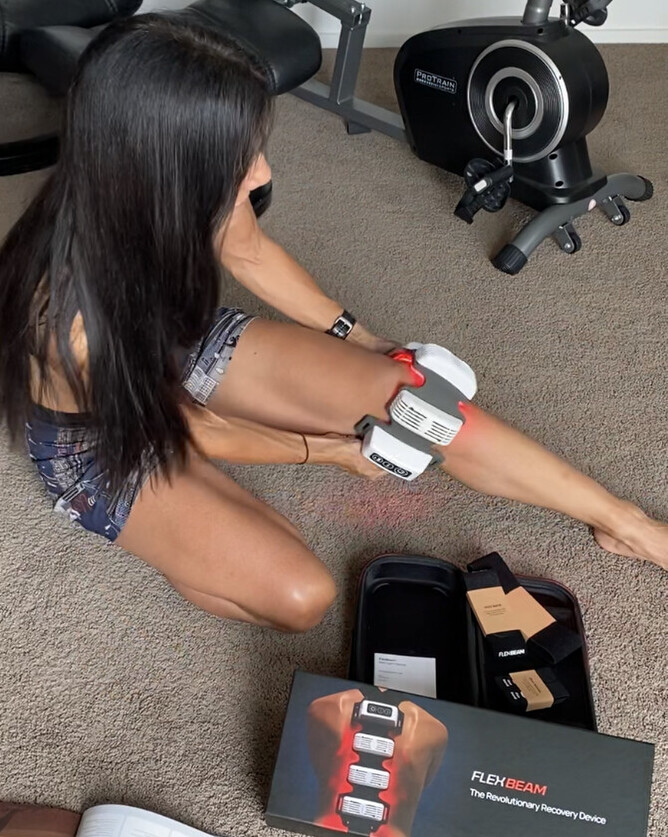Red light therapy, also known as low-level light therapy, is a non-invasive treatment that uses low-level red and near-infrared light to improve skin health and treat various conditions. Here are some of the potential benefits of red light therapy:
Skin rejuvenation: Red light therapy has been shown to improve skin texture, reduce the appearance of fine lines and wrinkles, and enhance skin firmness and elasticity.
Acne treatment: Red light therapy may help to reduce the severity of acne by reducing inflammation and promoting the healing of damaged skin.
Pain relief: Red light therapy has been found to be effective in reducing pain and improving joint function in people with conditions such as osteoarthritis and rheumatoid arthritis.
Wound healing: Red light therapy has been shown to speed up the healing process and improve tissue regeneration in wounds and injuries.
Improved sleep: Red light therapy has been found to be effective in improving sleep quality, particularly in people with sleep disorders.
It's important to note that while red light therapy has shown potential benefits in several areas, more research is needed to fully understand its effects
Red light therapy has been shown to have a number of potential benefits for the mitochondria, the energy-producing units within cells. Some of these benefits include:
Increased energy production:
Red light therapy has been shown to stimulate the production of ATP (adenosine triphosphate), the primary energy currency of cells, within the mitochondria.
Improved mitochondrial function:
Red light therapy has been found to enhance the activity of enzymes involved in cellular respiration, which is the process by which cells produce energy. This can lead to improved mitochondrial function and increased energy production.
Reduced oxidative stress: Red light therapy has been shown to reduce oxidative stress, which is a type of cellular damage caused by the accumulation of reactive oxygen species (ROS) within the mitochondria.
Protection against mitochondrial damage: Red light therapy has been found to protect against mitochondrial damage by reducing the formation of ROS and promoting the removal of damaged mitochondria through a process called mitophagy.
Improved mitochondrial biogenesis:
Red light therapy has been shown to promote the formation of new mitochondria within cells, which can increase the total number of functioning mitochondria and enhance energy production.
Overall, these benefits of red light therapy on the mitochondria suggest that it may have potential as a therapeutic strategy for a variety of conditions, including age-related decline, mitochondrial disorders, and certain types of neurological and muscular disorders. However, more research is needed to fully understand the mechanisms by which red light therapy affects the mitochondria and to determine its safety and efficacy for various health conditions.
Want to try red light therapy check out our at home table top device here
or the Revolutionary healing Flex Beam device from Dr Zulia Frost that is suited to use for joints, all sorts of body parts. It's a flexible design that is truly amazing.
